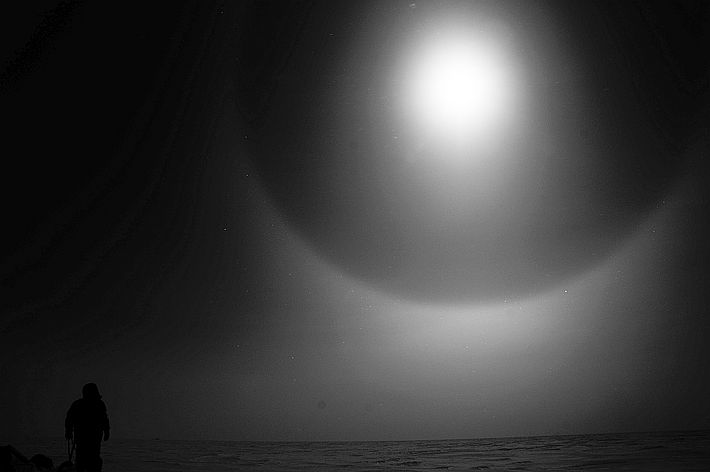11.01.2018 | News
In the meantime, I got used to life on the station, but there are still some things that are quite extraordinary. For example, the flight simulator that the European Space Agency ESA uses for tests. They chose to do this here because the conditions on Dome C - oxygen deprivation and isolation - are similar to those on a space station.
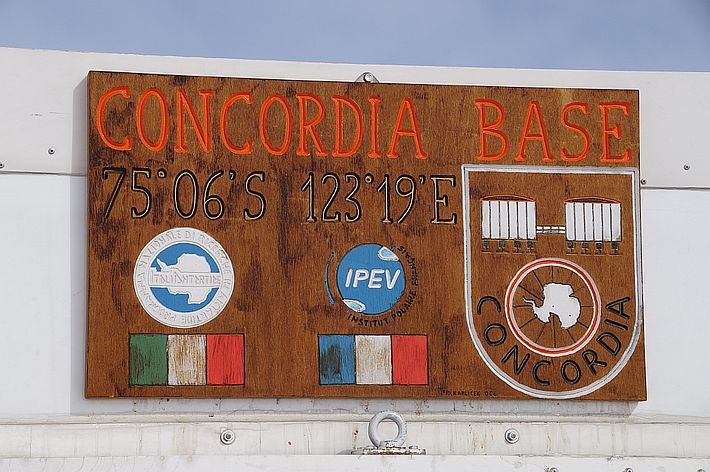
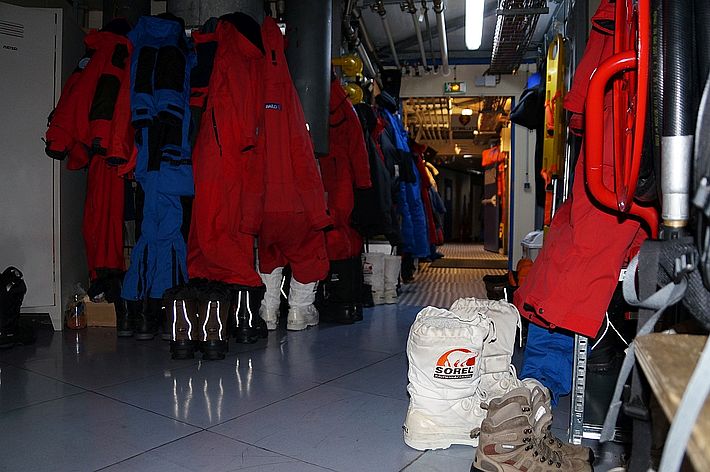
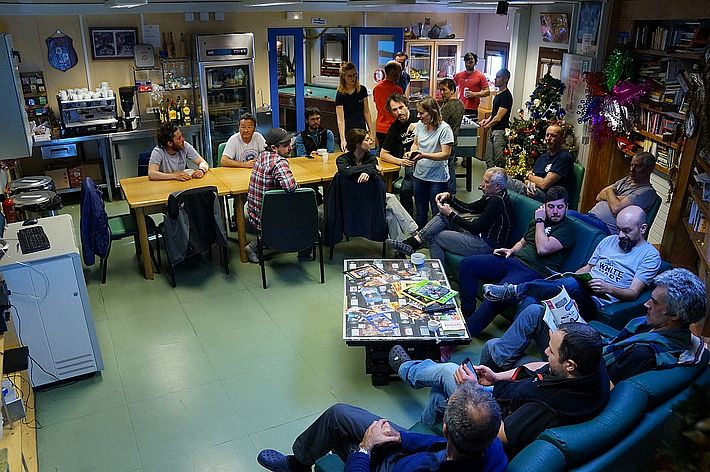
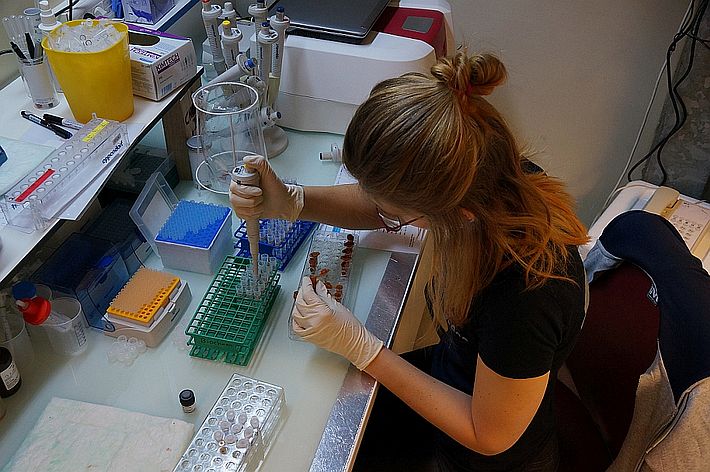
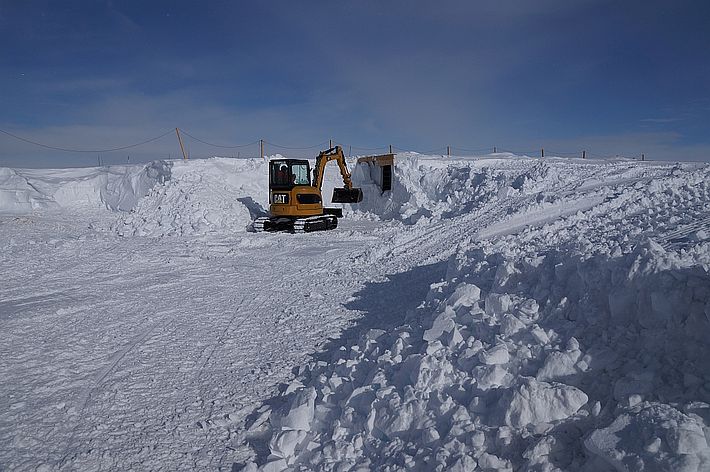
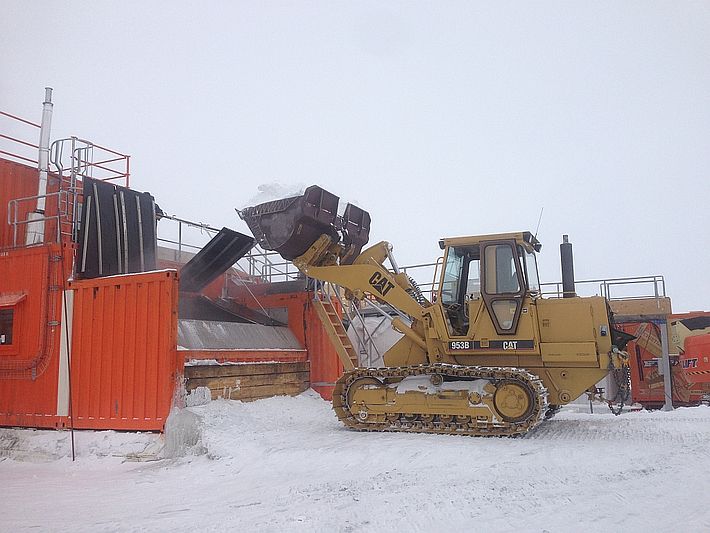
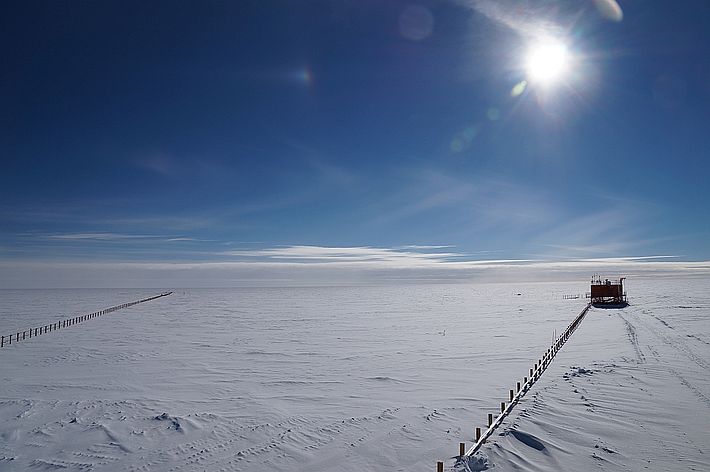
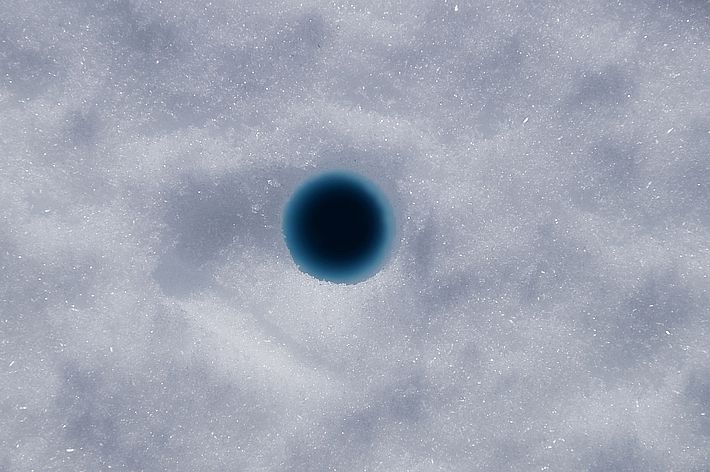
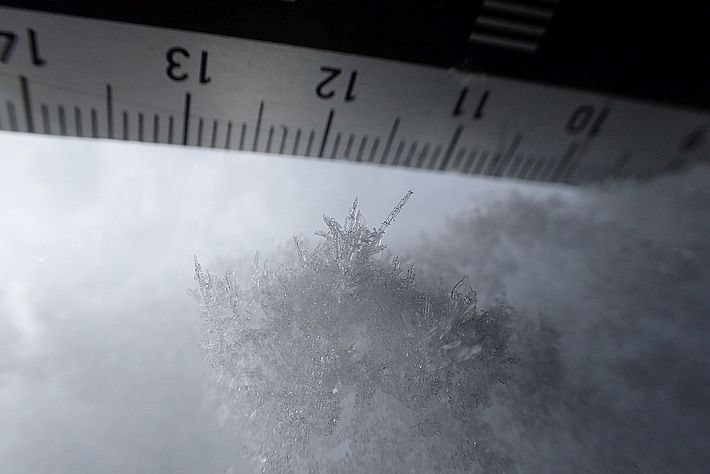
This week, writing my blog entry has not been easy, because everyday life has arrived. The daily measurements are already routine. I have to be careful not to forget things that are on the measurement plan. The experiment is running and the instruments are working.
According to the longtime researchers here at the station, the weather is more on the bad side. Often the wind blows at 4 to 10 meters per second. In the morning it is often cloudy or very hazy and the horizon blurred white, which doesn’t make it easier to work outside. During the last two days it has snowed 260 grams of snow per square meter. This corresponds to a mean snow depth of 2.6 millimeters. On average, a total of 100 millimeters of snow falls per year, most of it in winter. The current 2.6 millimeters seem little, but for the Antarctic summer, it is an unusually large amount.
Tour of the station
What does the station actually look like from the inside? We make a small tour. The door sign clearly shows where you are and who the "owners" are. In the entrance area hang the red and blue "ski clothes", and many Moon Boots are standing around. It stinks surprisingly little. A screen hangs prominently on the wall, which displays the current weather and daily news in Italian. The computer specialists are Italians ... We start in the left tower, where the entrance to the doctor's office is located. The equipment is certainly not cutting edge technology, but hopefully practical. There is a ward doctor and an emergency doctor responsible for the medical emergencies outside. A narrow staircase leads to the first floor in the so-called quiet part of the station.
Fun fact: Since the electrical grounding in snow and ice is bad and you always invites electrostatically with the marching, you discharge every time you touch a metallic object, for example, the door handle. Luckily, the bedside lamp is made of plastic.
Space training in the flight simulator
On the first floor are the bedrooms. The most exciting of all rooms, however, is the flight simulator. At this point I have to give a short explanation about a project of the European Space Agency (ESA). The Dome C station is considered to be one of the most extreme places on earth in terms of isolation and lack of oxygen. For the 12 people who spend the winter at the station, this means living for nine months in an oxygen-deprived environment, complete isolation and six months in darkness. Among other things, these conditions also prevail on a space station, which is why the ESA wants to explore the physiological effects here. The “overwinterers” are suitable subjects. Regular samples are taken from them: urine, stool, saliva, blood, hair and other things. To come back to the flight simulator: the “overwinterers” have to practice weekly to dock a space shuttle to an ISS station. ESA investigates how cognitive and fine motor skills change over time.
To melt snow is a permanent task
Another floor up is the office of the station manager. Then comes the office of computer science, which ensures, for example, that in most places on the station area Wi-Fi is available. Next to it is the radio and air traffic control office, from where we occasionally get messages saying not to cross the runway within the next 20 minutes. Then there are still some work places and labs on this floor. Now we walk down two floors (with at least two electric shocks) and further into the right tower. Here, at the entrance level, are the mechanical workshop and the office of the station’s logisticians. There are fifteen people who keep the station going. A 100% job, for example, is to clear the station area of wind-drifted snow. Other works are: dredging snow for the water supply into the large smelting furnace, servicing the heating and sewage systems, repairing windows and so on. I guess they never run out of work here.
On the first floor, there are two large pantries, a gym and a conference room. At the top are the dining room and lounge with library, table soccer, pool table, a TV with an infinite number of DVDs, a fridge with drinks and most importantly, a really good coffee machine. We take turns in helping with the kitchen and cleaning the dining room and lounge. That way, at least you do not forget how to do that. In summary, life is very good here. And if you did not look out the window, you would not suspect that you were in the middle of Antarctica.
Contact
Copyright
Copyright
WSL and SLF provide the artwork for imaging of press articles relating to this media release for free. Transferring and saving the images in image databases and saving of images by third parties is not allowed.
